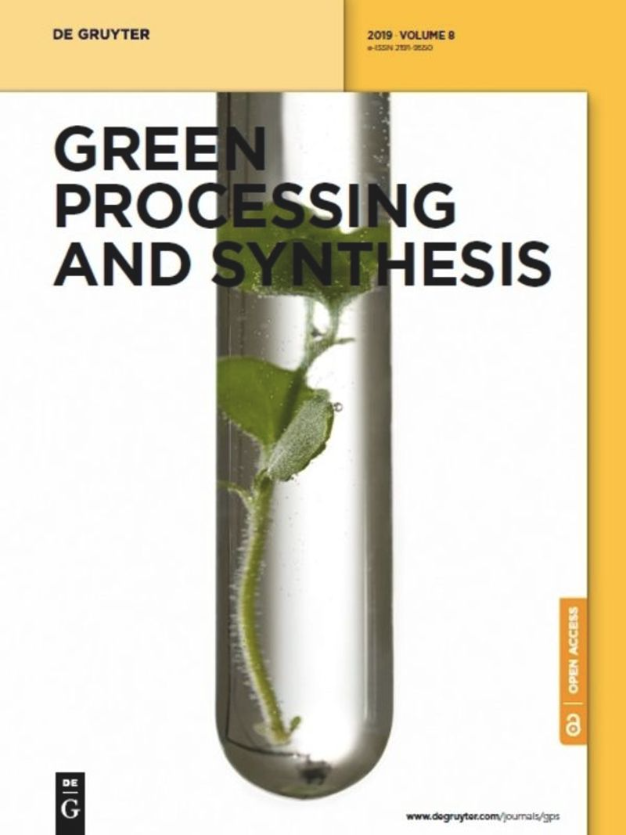Transformation of eggshell waste to egg white protein solution, calcium chloride dihydrate, and eggshell membrane powder
IF 3
4区 工程技术
Q2 CHEMISTRY, MULTIDISCIPLINARY
引用次数: 1
Abstract
Abstract The present study investigated the possibility of complete utilization of eggshell waste (ESW) transforming it to adherent egg white protein solution, calcium chloride dihydrate, and eggshell membranes (ESM). Adherent egg white protein solution was obtained by washing ESW three times with distilled water at 25°C, followed by filtration, and analyzed for the protein content and lysozyme activity. ESM and calcium chloride were obtained simultaneously by the exposure of washed eggshells to 5% hydrochloric acid treatment at 25°C for 3 h, followed by separation by filtration. The separated ESM were washed, dried, and milled to powder and analyzed for protein and lipid content. The calcium chloride solution was exposed to the neutralization of excess hydrochloric acid by calcium hydroxide, followed by evaporation to one-tenth of volume. Calcium chloride crystals were precipitated from the concentrated solution with acetone, separated by filtration, dried at 110°C, and analyzed for chemical composition and purity. The obtained results revealed that 100 g of ESW can be transformed to 1.61 ± 0.34 g of adherent white proteins containing 485,821 U of lysozyme activity, 2.84 ± 0.16 g of ESM powder, and 108.74 ± 3.62 g of calcium chloride dihydrate of high purity.蛋壳废弃物转化为蛋清蛋白溶液、二水氯化钙和蛋壳膜粉
摘要本研究探讨了蛋壳废物(ESW)完全利用的可能性,将其转化为粘附的蛋清蛋白溶液、二水合氯化钙和蛋壳膜(ESM)。用蒸馏水在25℃下洗涤三次得到附着的蛋清蛋白溶液,然后过滤,分析蛋白质含量和溶菌酶活性。将洗净的蛋壳置于5%盐酸中,25℃下处理3 h,同时得到ESM和氯化钙,然后过滤分离。分离的ESM洗涤,干燥,研磨成粉末,分析蛋白质和脂肪含量。氯化钙溶液用氢氧化钙中和过量的盐酸,然后蒸发至体积的十分之一。用丙酮从浓溶液中沉淀氯化钙晶体,过滤分离,在110℃下干燥,分析化学成分和纯度。结果表明,100 g ESW可转化为1.61±0.34 g溶菌酶活性为485,821 U的贴壁白色蛋白,2.84±0.16 g ESM粉末和108.74±3.62 g高纯度氯化钙二水合物。
本文章由计算机程序翻译,如有差异,请以英文原文为准。
求助全文
约1分钟内获得全文
求助全文
来源期刊

Green Processing and Synthesis
CHEMISTRY, MULTIDISCIPLINARY-ENGINEERING, CHEMICAL
CiteScore
6.70
自引率
9.30%
发文量
78
审稿时长
7 weeks
期刊介绍:
Green Processing and Synthesis is a bimonthly, peer-reviewed journal that provides up-to-date research both on fundamental as well as applied aspects of innovative green process development and chemical synthesis, giving an appropriate share to industrial views. The contributions are cutting edge, high-impact, authoritative, and provide both pros and cons of potential technologies. Green Processing and Synthesis provides a platform for scientists and engineers, especially chemists and chemical engineers, but is also open for interdisciplinary research from other areas such as physics, materials science, or catalysis.
 求助内容:
求助内容: 应助结果提醒方式:
应助结果提醒方式:


